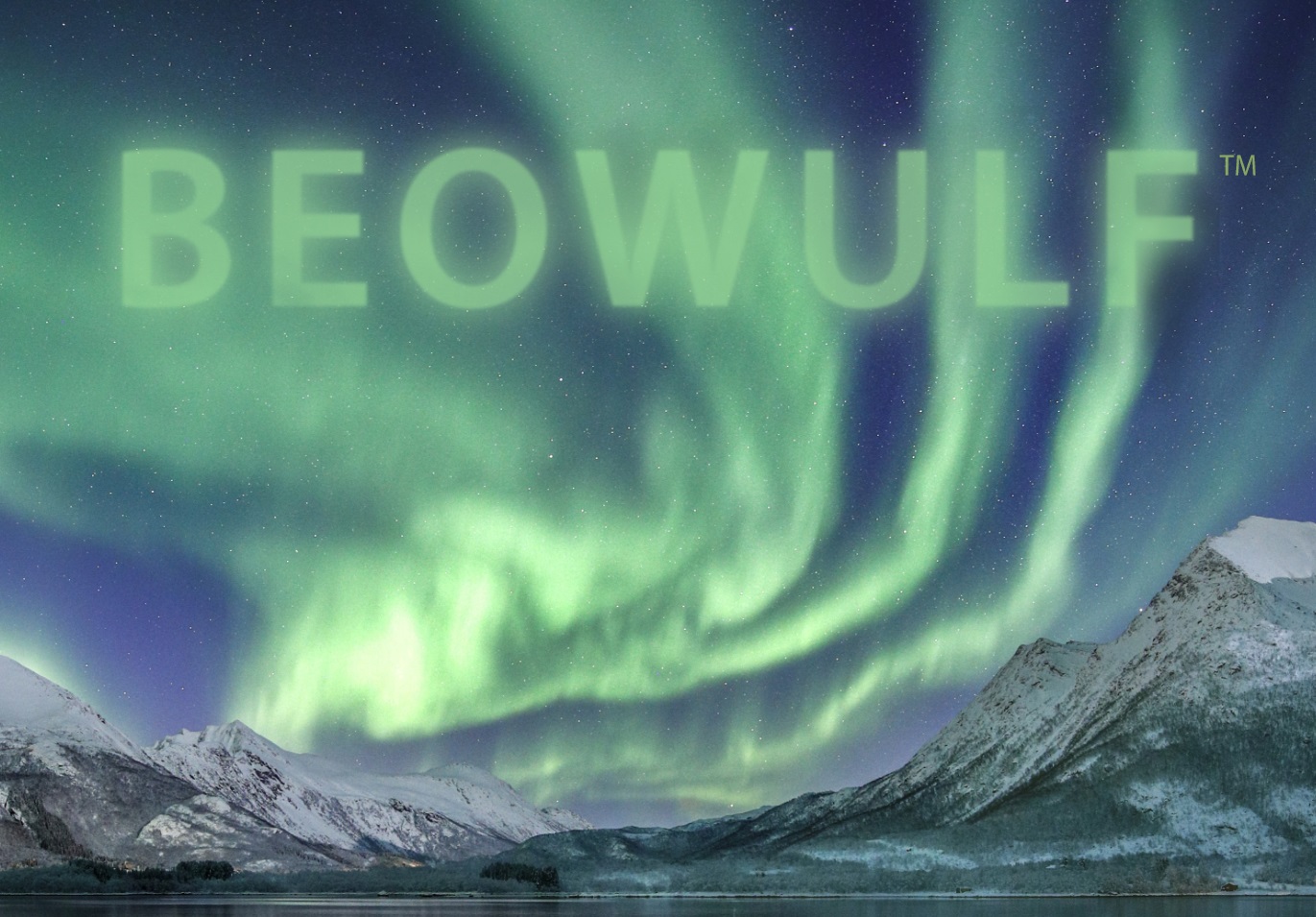
Out now: Sonnet v19
We're excited about our v19 release! Among many new features such as improved performance, streamlined documentation, and XML formatting with macros, it also includes the first release of Beowulf (beta) in a production version.
Click here to learn more!Applications
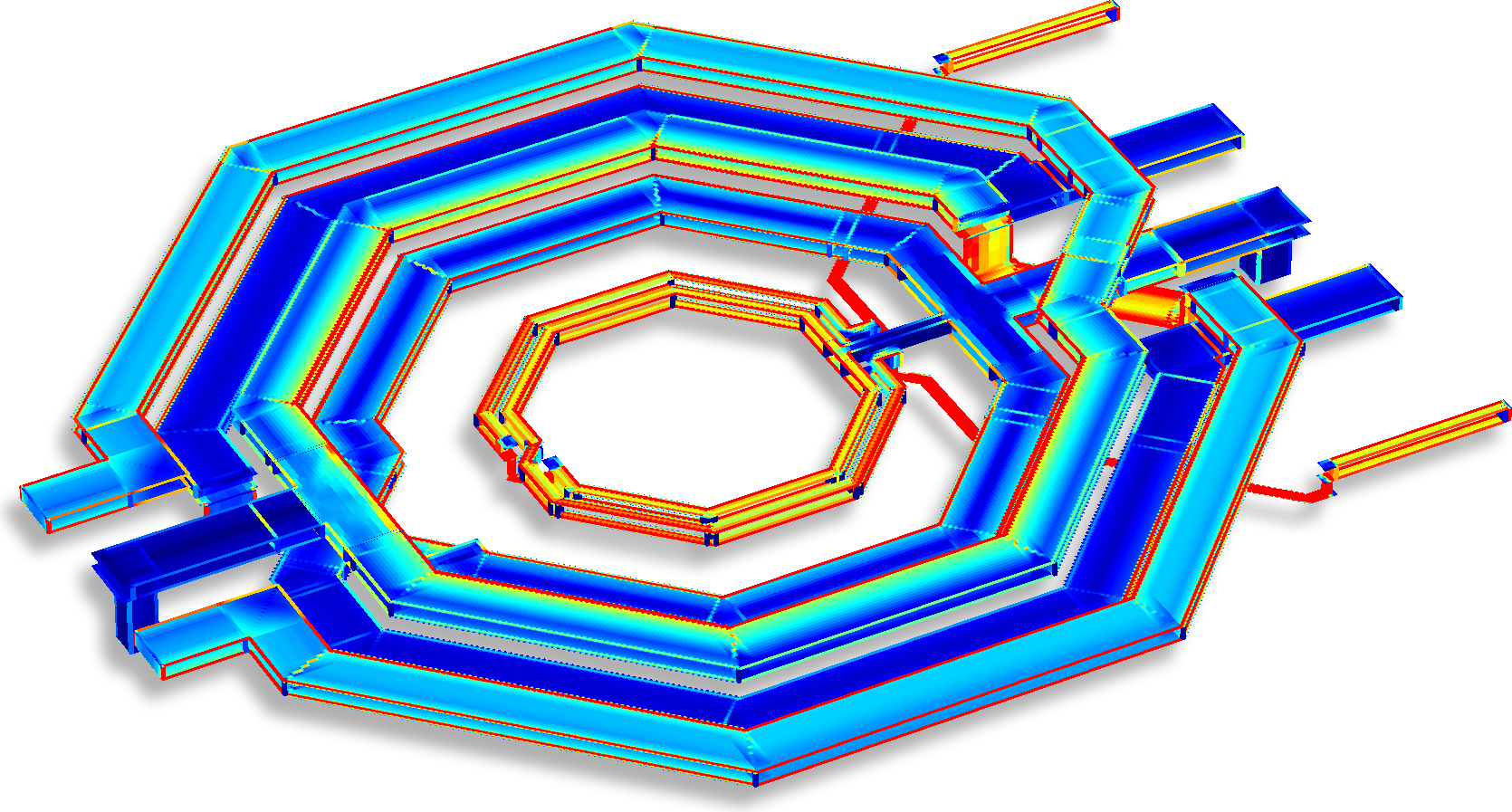
IC and Chip Design
Sonnet covers IC and Chip EM modeling needs from GaAS, GaN and InP, to SiGe and CMOS. Sonnet can model passive elements all the way up to the edges of the active region on into THz frequencies, without having the need to simplify even the most demanding technology stack. Having been used to build PDK models by several foundries over the years, Sonnet can be relied on in that same technology to help model layouts all the way down into deep sub-micron nodes. With first-pass success routinely achieved by Sonnet customers, models can be verified before tapeout.
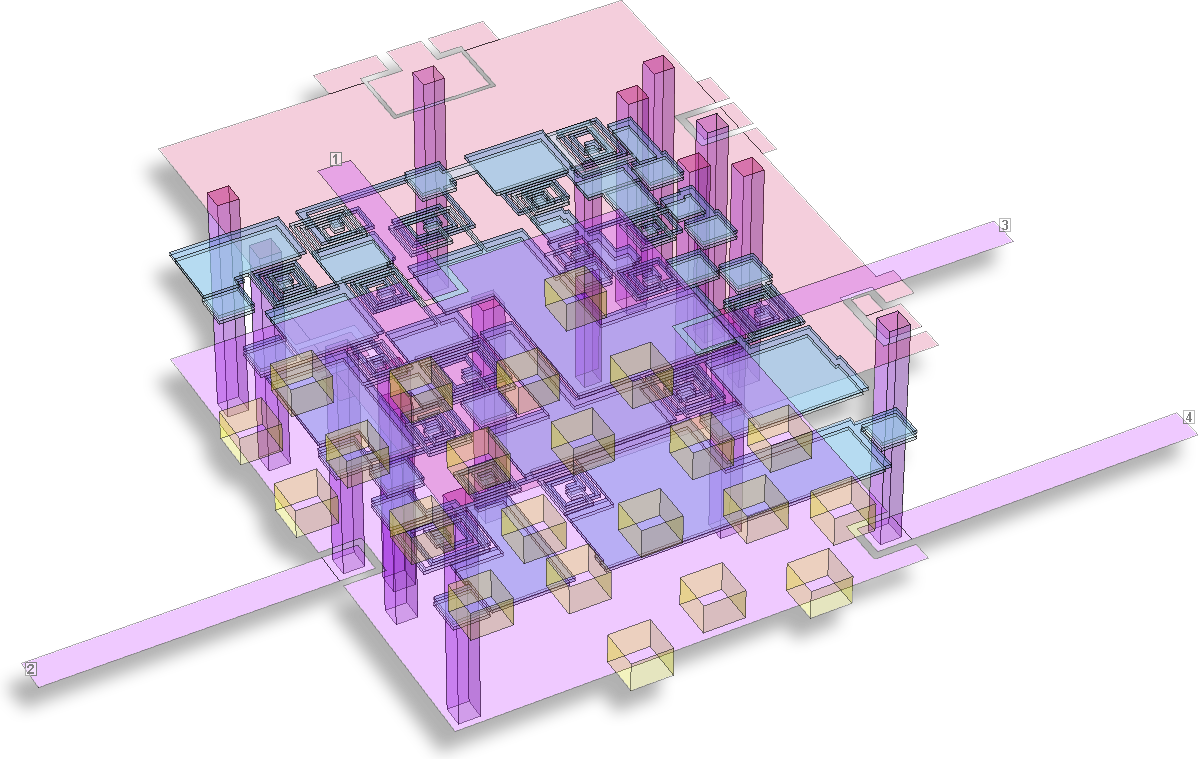
LTCC
Sonnet provides the industry's most efficient handling of multi-layer LTCC structures. With Sonnet Professional Suites™, there is no limit on the number of dielectric layers, internal ports, and device models. Utilizing parallel processing or emCluster®, precise results can be reached for the bulkiest projects in a remarkable time frame. Sonnet can tackle the largest design challenges with adept precision.
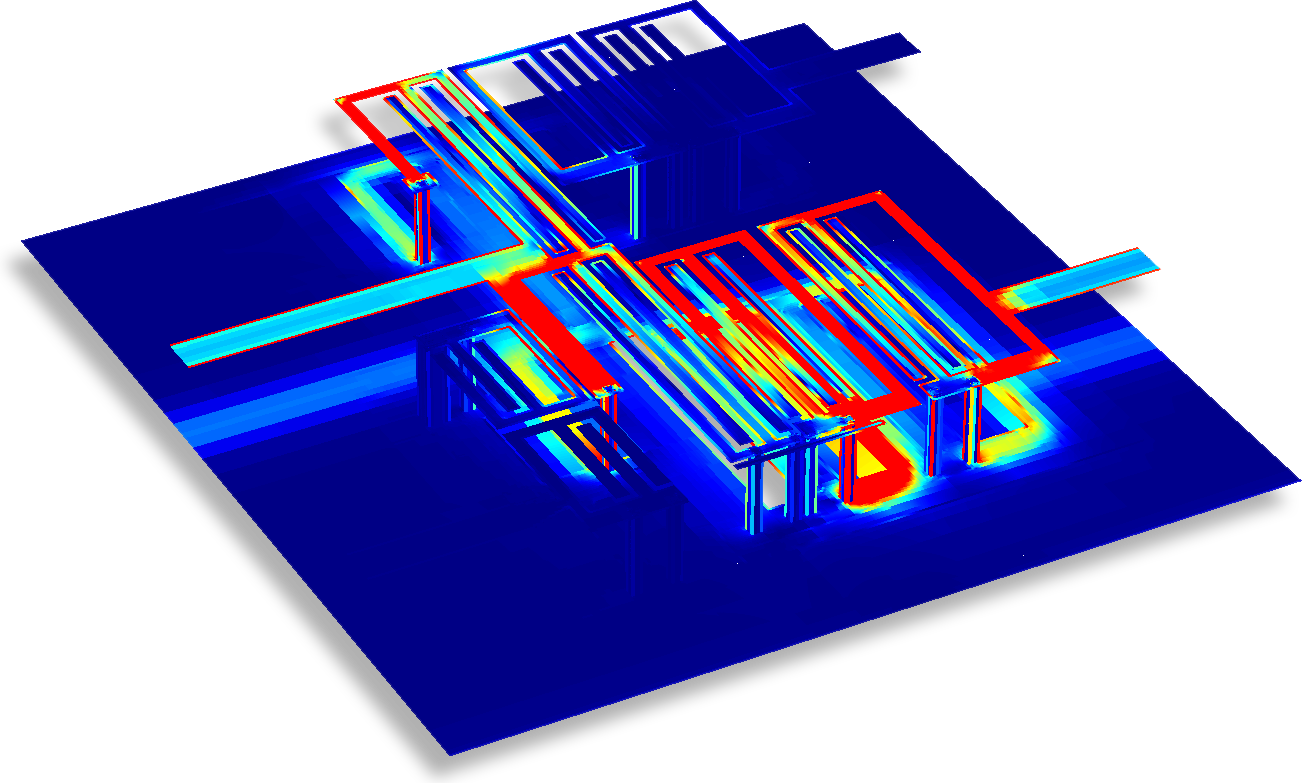
PCBs and Laminates
With over 30 years of experience, Sonnet is the most published EM simulation tool on the market with leading precision and efficiency. When loss and coupling matter, count on Sonnet to deliver the results needed to match stripline, microstrip, CPW or multi-layer board design to measurement. Sonnet is also the only planar EM solver with published and verified models for anisotropic dielectrics and rough metals by a major board vendor. For designers who shield their final product, Sonnet is the only EM tool on the market to predict possible box resonances.
Features
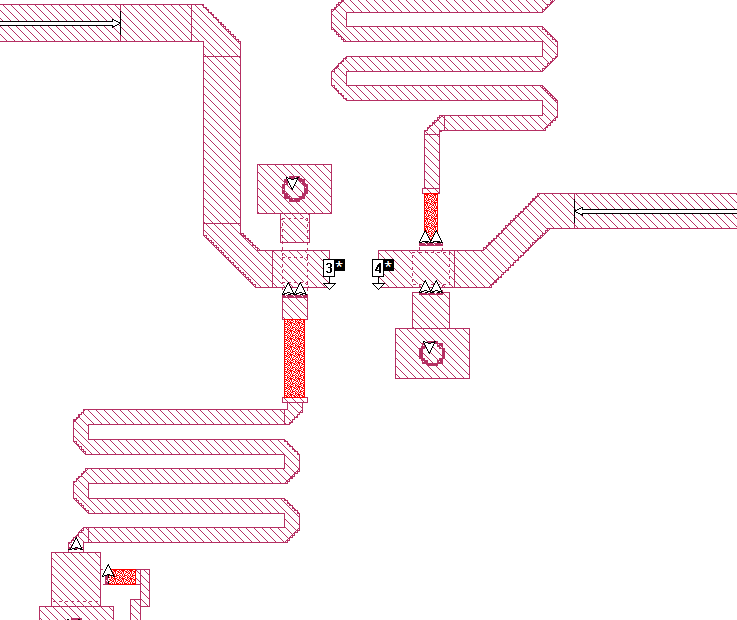
Advanced EM Ports
Sonnet has the most advanced and accurate ports of any EM simulator on the market. Our unique mathematics always give Sonnet a good ground reference and allow even internal ports to achieve a noise floor well below measurement devices' capabilities. Mathematical precision to 15 decimal places and advanced calibration standards assure that Sonnet's ports won't interfere with simulation results.

Advanced Model Extraction
Sonnet provides advanced model extraction for simulation results in both time and frequency domain formats. For users of RF and microwave frequency domain simulation tools, Sonnet can output S, Y and Z parameter files in Touchstone™, Cadence® and Keysight® MDIF formats. Alternatively, if time domain is needed, Sonnet will translate the results into one of several SPICE and Spectre® compatible formats.
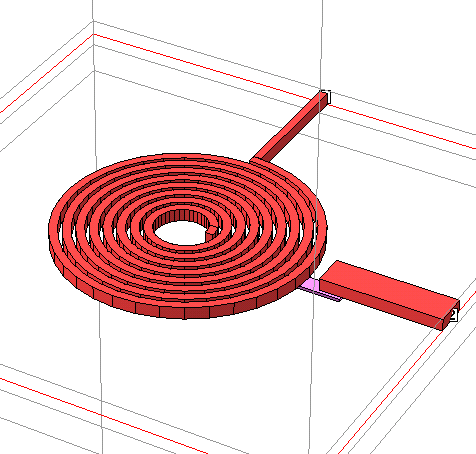
Efficient Modeling of Thick Conductors
When modeling for loss, or when Q and tight coupling truly matter to design, simulating conductors with a specific thickness becomes a necessity. Sonnet will model metal to the thickness required by any particular process, ensuring correct dielectric and metal to metal spacing, as well as accounting for additional transmission line capacitance between closely spaced lines.
Keysight® is a registered trademark and Touchstone™ is a trademark of Keysight Technologies, Inc. Cadence® and Spectre® are registered trademarks of Cadence Design Systems, Inc.



